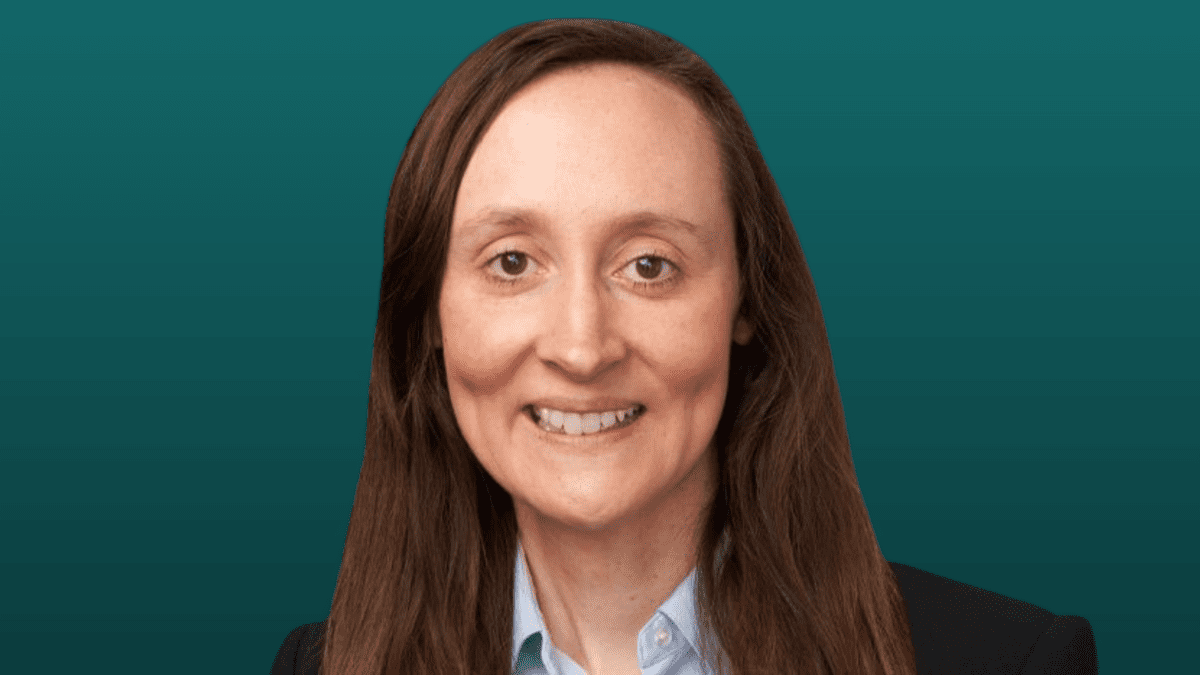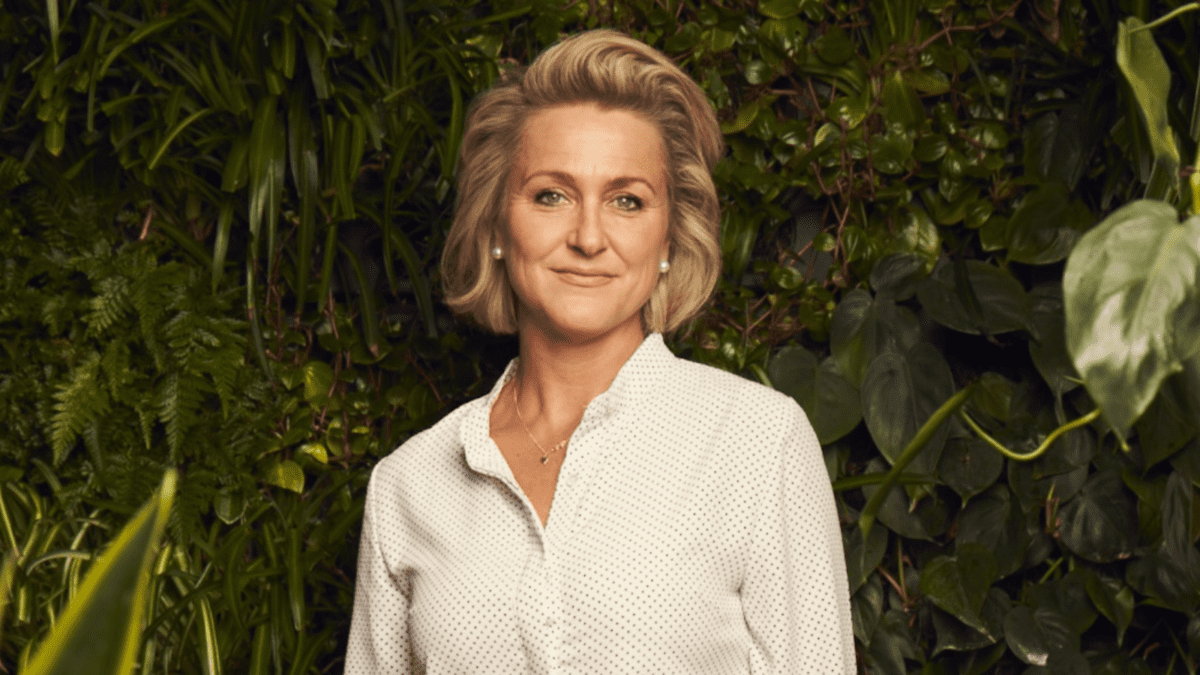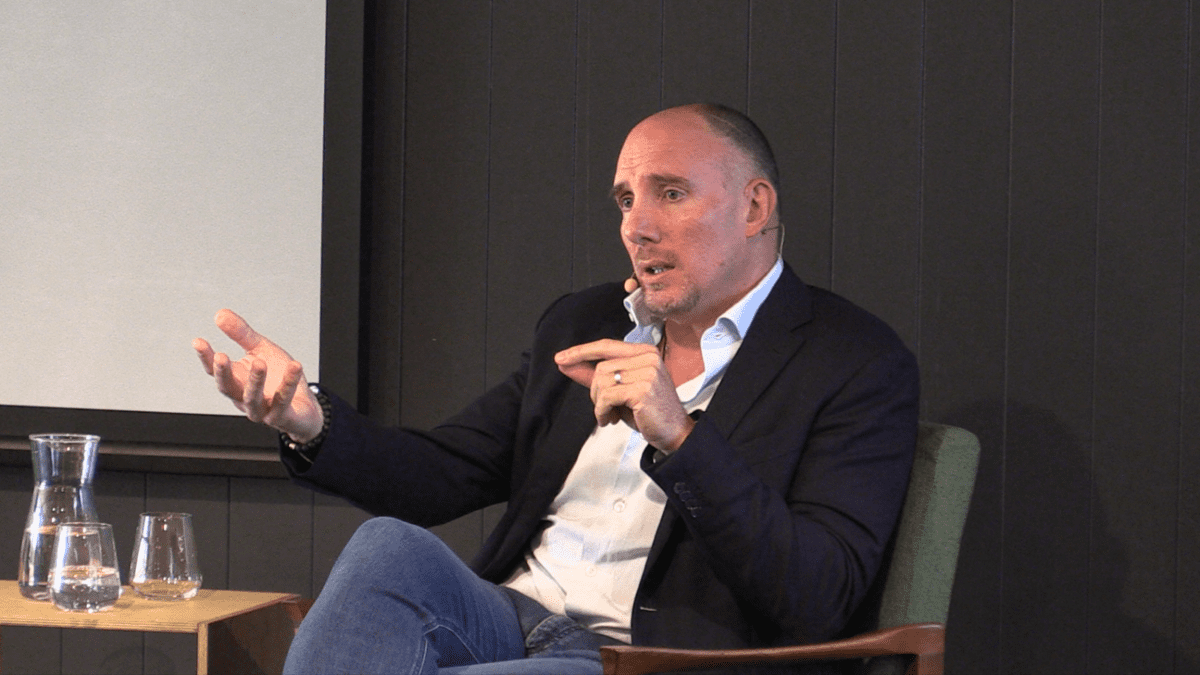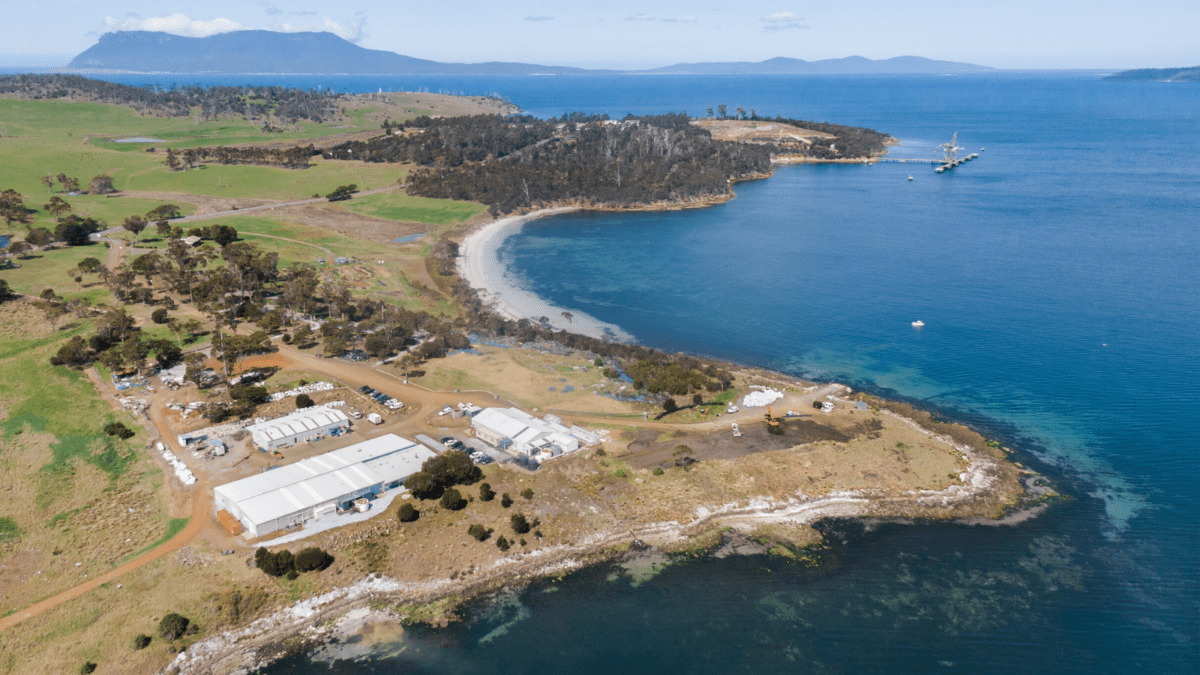Engagement, not exclusions, key to ESG ‘happy medium’: Martin Currie
Investors looking to support – and share in the economic benefits of – global efforts to build a better world face a growing breadth of sustainable investment options. According to Martin Currie’s Naomi Bant, a fundamental choice involves how investors evaluate companies with lower environmental, social and governance (ESG) scores.
Bant is co-portfolio manager of the Martin Currie Australia Sustainable Equity Fund, a high-conviction portfolio that incorporates the specialist investment manager’s ESG strategy to invest in companies with a place in a sustainable future. The rapid development of the sustainable investment landscape means the fund has been “constantly evolving” as new ESG challenges and topics take shape, Bant says.
“There’s just no steady state.”
Using minimal screens, it uses a penalising structure to tilt the portfolio toward companies with good sustainability characteristics and low shadow carbon costs while penalising stocks with unsustainable business practices, poor quality, high risk of sustainability issues, or poor future sustainability outcomes.
This differentiates the strategy from those that rely on negative value screens to exclude companies and sectors with lower ESG scores, like energy and mining, but which may still be necessary to and benefit society. Such exclusions, which initially defined the sustainable landscape, put undue precedence on past activities and hurt companies that score poorly but “are moving in the right direction”, Bant tells The Inside Investor.
“No one had thought of doing portfolio construction with a penalising structure – it was all about screens,” she says. “That’s where the clientele were, and it’s about meeting those client demands. But through time, when you restrict your investable universe, you miss out on opportunities.”
The fund analyses stocks for sustainability using three lenses, including sustainability risk, or the key material issues a company is facing today. It also looks at whether the company provides a net benefit – another “today” metric. The third lens is the company’s sustainability pathway, which Bant explains is about looking forward.
“We know companies have risk, but quite often they also do good deeds for society,” Bant says. “It’s about the balance of those two elements.”
In focussing on the net benefit companies can provide, the fund is seeking to find a “happy medium”, targeting “companies that, on balance, are doing good things, and where you’ve got the ability to influence.” Engagement is therefore key to the fund’s approach and how it gets conviction around pathways, and requires relationships built through time and trust.
Bant notes that for engagement to matter, having a consistent message is important. “Even if you don’t have a substantial holding in a stock, with a consistent message across different shareholders, by the time they’ve got to that fifth meeting, they’re already taking that on board.”
‘Part of the solution’
Employing Martin Currie’s fundamental active-ownership approach, the Australia Sustainable Equity fund reached its three-year milestone of an 11.5 per cent annual absolute return before fees in May. It posted a three-month net return of 2.04 per cent through March, with a net average annual return of 16.72 per cent since inception.
“In a backdrop that’s been very tough for sustainability managers, we’re quite proud that we’re in the top quartile,” Bant says.
“It’s a function of that sustainability pathway – I think our peers have generally focussed on the now; they want a sustainable stock now. Some clients care about just the now and not about the pathway; we’ve integrated both.”
Bant emphasised that the fund’s non-exclusionary approach does not equate to “buy the worst”.
“But in that grey zone, surely there are opportunities to have a collaborative conversation with management about whether they’ve got different revenue opportunities, where they can be forward thinking,” she says. “And it benefits all the stakeholders – it benefits shareholders, it just benefits everybody. And if you’re only going to exclude, you’re not part of the solution.”









